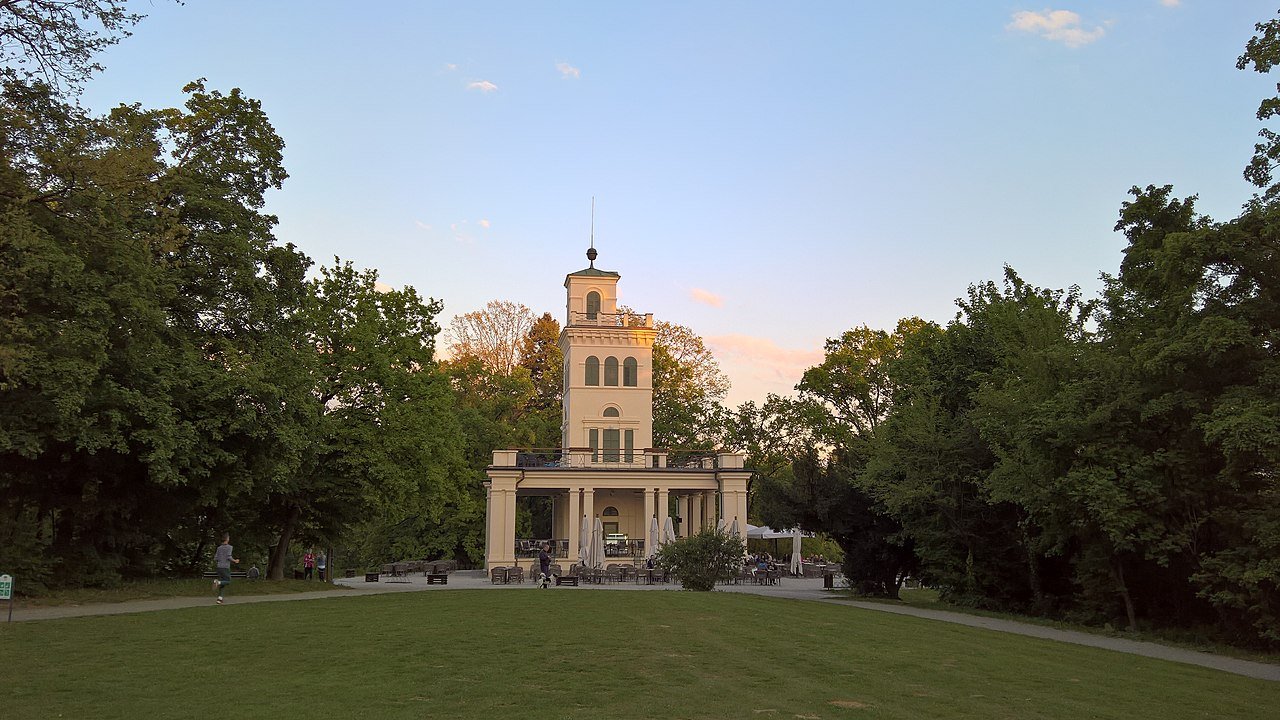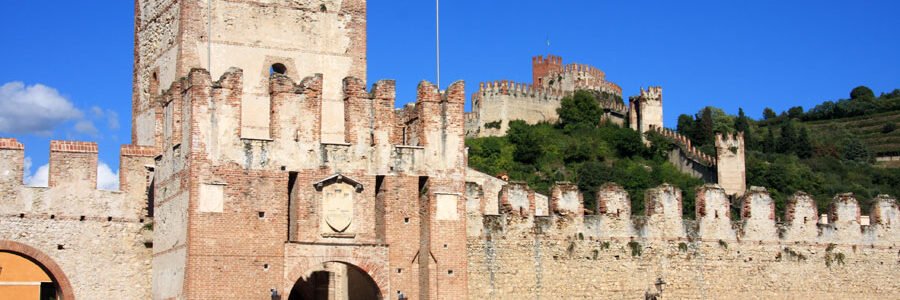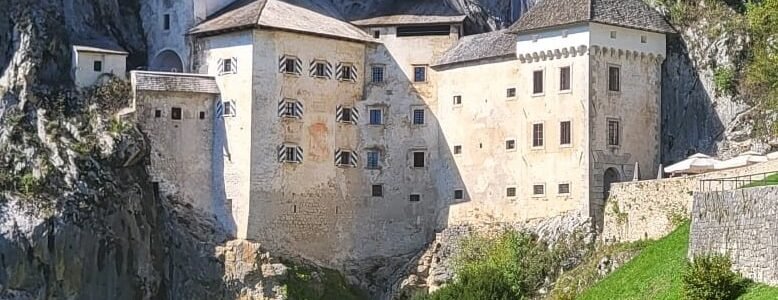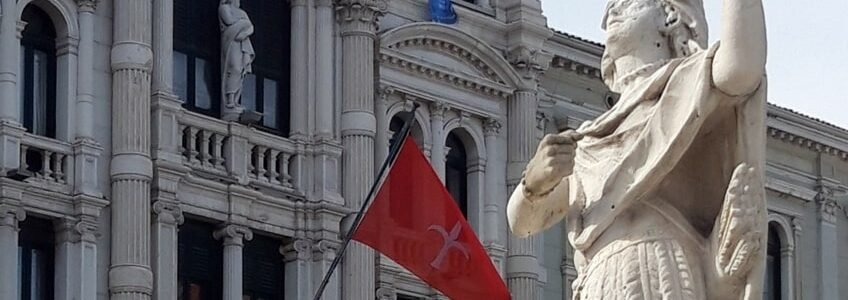Zagreb Below Street Level: Hidden Layers of the City
The Quiet Underworld Beneath a Lively Capital
Zagreb lives loudly at the surface—trams clanging, people sipping espressos, market sellers chanting prices. But just a few meters below, the city whispers different stories. You won’t hear them from guidebooks or city tours that loop endlessly through Ban Jelačić Square. Instead, you’ll need to duck your head, take a left where everyone goes right, and start listening to what’s beneath.
Tunnel Grič: The Wartime Artery Turned Cultural Vein
Cutting under the Old Town is Tunnel Grič—built in the 1940s as an air-raid shelter during World War II. For decades, it remained closed, forgotten, and overgrown. In recent years, it’s been revived as a curious mix of public passage and cultural venue. Its cool concrete walls now host temporary art installations and multimedia exhibits.
Walk through it in silence, and you can still feel the tension of a city that once prepared for the worst. The tunnel runs between Mesnička and Stjepan Radić streets, offering not just escape from summer heat, but a shift in perspective—from tourist to witness.
Mirogoj Cemetery: Where Zagreb’s Foundations Speak
While not technically underground, Mirogoj offers another kind of descent—into memory and quietude. Unlike most cemeteries, Mirogoj feels alive with color, especially in autumn. Ivy creeps across its arcades like time itself.
Walk beyond the main dome. Find the graves of Croatia’s poets, politicians, and painters. It’s a civic place, not just religious—a statement in marble. There’s no tour guide here, but there are stories carved into every stone. From Mirogoj, if you’re crossing into Croatia from nearby cities, a best way to travel from Bled to Zagreb it is. A no-hassle alternative to train or bus—a smoother way to enter the city’s quieter chapters.
Martićeva Street: Where Design Replaces Noise
Now surface again—but just barely. Martićeva is a street that’s seen its skin change. Once industrial, now it’s home to small design studios, vintage bookshops, and micro-bakeries that don’t bother with signs.
Behind its façades are still basements filled with printing presses and storage spaces turned coworking labs. There’s movement here, but it’s deliberate—less about spectacle, more about making something that lasts.
Stop at Booksa, a literary café where conversations stretch longer than drinks. No one asks for Wi-Fi. People read. Out loud, sometimes.
Santa’s Sluices and Forgotten Waterworks
Zagreb’s historical water infrastructure is another invisible layer worth exploring. Beneath Maksimir and the surrounding neighborhoods run old sluices and aqueducts, parts of a network that once hydrated the entire city.
While much of it is now inaccessible, stories of these systems survive in plaques and a few preserved artifacts at the Zagreb City Museum. And in certain corners of Maksimir Park, if you’re attentive, you’ll hear running water with no visible source—a remnant of the city’s forgotten lifelines.
The Jewish Ghetto That Isn’t on the Maps
Few know that Zagreb had its own Jewish quarter. Near Palmotićeva Street, unmarked buildings still carry the architectural DNA of a community displaced during the 1940s. There’s no sign, no plaque—just entryways with heavy doors and courtyards that echo quieter lives.
One synagogue remains. It’s modest and unassuming, almost trying to stay invisible. But if you pause at the right café, and look at the surrounding brickwork and windows, you’ll feel what’s no longer there.
What the Laundromats Tell You
Skip the bar. Walk into a laundromat on Savska or Vlaška Street. Wait. Watch.
You’ll see students folding clothes, pensioners reading newspapers, and tired office workers timing their next tram. These aren’t attractions. They’re calibrations—windows into the pace of the city. Some even have corner vending machines with surprisingly good espresso.
The rhythm of a place isn’t in its monuments. It’s in its waiting rooms.
Markets Not Made for Photos
Dolac Market gets all the attention—and camera shutters. But dig one layer deeper. Behind Kvatrić market’s outer stalls, there’s a butcher who’s been working since 1984. He doesn’t say much, but if you ask for a cut “for sarma,” he’ll know exactly what you mean.
Further out, on Trešnjevka, open-air stalls and improvised crates become full-fledged markets by 6am. There’s nothing picturesque about it—no curated fruit pyramids—but it’s real. Zagreb doesn’t try to impress you here. It just feeds its people.
Uncurated Museums That Still Hold Truth
Beyond the Museum of Broken Relationships, try:
-
Muzej Prekinutih Veza (yes, still worth one visit) — for its emotional range.
-
Zagreb 80s Museum — enter an apartment frozen in Yugoslav time.
-
Muzej Policije (Police Museum) — completely off the radar, but packed with bizarre and gripping exhibits.
-
Technical Museum Nikola Tesla — not hidden, but underrated. Get lost among machines, engines, and old instruments. The basement even houses a life-size coal mine replica.
Where Zagreb Sleeps Differently
If you find yourself near the Sava River at night, skip the clubs and walk west. Residential blocks glow dimly. You’ll pass kiosks still open at midnight, selling cigarettes and warm burek. Behind them, courtyards hum with dishwashers, barked orders from windows, and the muffled sound of late football commentary.
This isn’t romantic. But it’s Zagreb when no one’s watching—and that’s exactly when it shows you who it is.
Giardini or Courtyards? Choose Both
Behind every gray facade in Donji Grad (Lower Town), there’s almost always a courtyard. Some are crumbling. Others bloom with vines and old bikes. A few have benches shaped by decades of use.
When in doubt, peek through gates. If it’s open, and no signs say otherwise, go in. These are public-private spaces—shared memories between residents and architecture.
Some courtyards even hide impromptu galleries, bicycle repair shops, or tiny libraries left in former elevator shafts.
When You Leave, Leave Quietly
Zagreb doesn’t need a loud goodbye. It prefers a silent exit, like a friend who hugs you without making a scene.
If you’re heading out, especially toward Slovenia or Austria, book your transfer the way you walked through this city: with intention, not rush. You’ll pass new borders with the calm of someone who’s already gone deeper than most.
Official Information & Local Events
For updates on seasonal exhibits, smaller museum opening times, and temporary art installations across Zagreb’s underground spaces, the Zagreb Tourist Board official site is www you need.
Zagreb City Guide
Zagreb doesn’t rush to impress — it unfolds. In the Upper Town’s quiet courtyards, among the blue trams and café chatter of Tkalčićeva, and under the tiled roof of St. Mark’s Church, the city reveals itself slowly. It’s a place where daily life feels curated, but never staged.
Travelers arriving from Austria often follow the transfer from Vienna to Zagreb — a route that gently leads from imperial grandeur to continental ease, where rooftops grow lower and streets more intimate with every kilometer.
- Vienna to Zagreb: where formality softens into feeling
- Crossing borders, not atmospheres
- From Adriatic edge to urban calm
- A journey that hums with history and hills
- Air arrivals into a walkable capital
- City transfers that feel like part of the trip
Zagreb doesn’t shout its story — it lets you overhear it
From Dolac market’s scent of early fruit to the slow clink of spoons on Sunday afternoon espressos, Zagreb’s charm lies in detail. Here, even graffiti tells stories, and museum plaques read like whispers. You don’t need a list — just shoes that walk and time that bends.
- Perfect for travelers who prefer layers over landmarks
- Feels like Europe without the crowds
- Cafés serve conversation as much as coffee
- Where trams and timelines run side by side
- Each neighborhood feels like its own page
Some capitals offer power — Zagreb offers presence
Zagreb blog impressions blend street rhythm with quiet wonder
Zagreb doesn’t demand your attention — it earns it, quietly. And long after you leave, a part of you will still hear the trams and taste the plum strudel. For more about Croatia’s capital, hit the Official Zagreb tourism site.
RECENT POSTS
- Munich Between the Lines June 24, 2025
- Beneath Vienna June 24, 2025
- 6 A.M. at Plitvice June 24, 2025





























































Leave a Comment